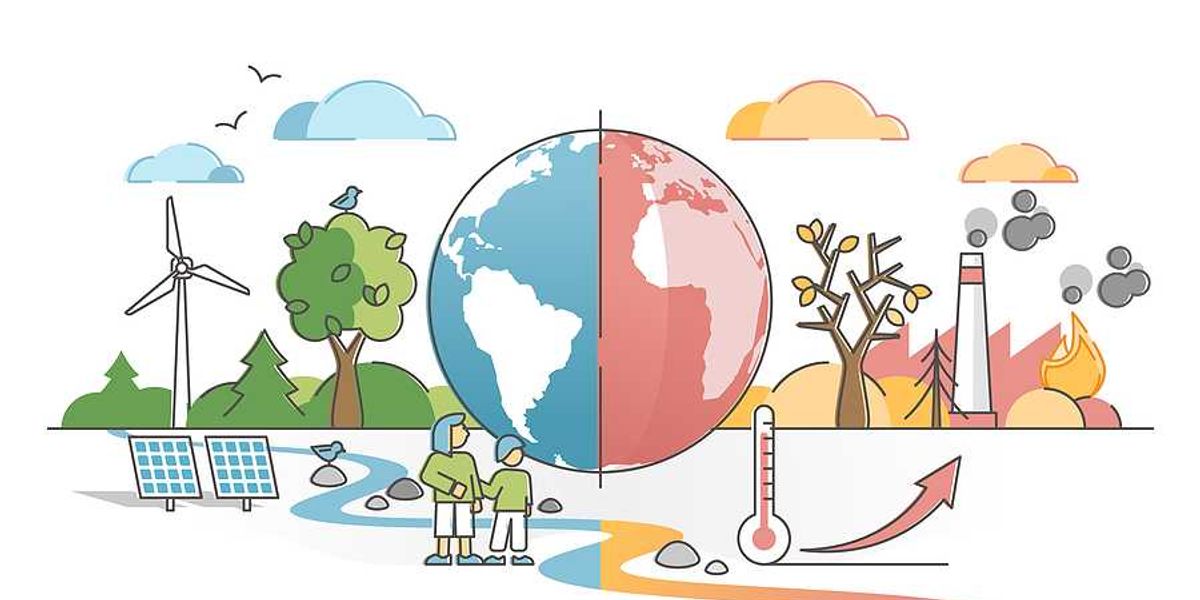
How Boston is preparing for its watery future — and not waiting on Washington
As storms get more brutal and tides creep higher, Boston is redefining how cities defend themselves from climate disaster.
Steve Rose reports for The Guardian.
In short:
- Boston is building a climate-resilient future with flood-ready building codes, nature-based defenses, and redesigned public spaces that double as sea walls — despite federal funding cuts and political inertia.
- The city’s 100+ projects are backed by a mix of local, state, and private money, while planners assume at least one meter of sea-level rise in their designs.
- Meanwhile, other U.S. coastal cities risk falling behind, especially in states like Florida where climate change is being scrubbed from official policy.
Key quote:
“We have to finish these projects sooner rather than later to solve a problem that is coming at us very quickly.”
— Brian Swett, chief climate officer, City of Boston
Why this matters:
Boston’s not waiting for Washington to throw it a life raft. The city is bracing for the kind of waterlogged future that’s no longer hypothetical, one where king tides slosh over sea walls and destructive nor’easters chew through neighborhoods with regularity. But instead of issuing dire warnings or hiding behind red tape, Boston is getting to work. The city is overhauling building codes to factor in future floods, and sidewalks, parks, and plazas are doubling as spongey infrastructure. As other coastal cities fumble the politics of climate change, Boston’s betting on pragmatism over paralysis.
Read more:













